Unifying financial obligations, reforming tax policies
Experts say it is time for Vietnam to build a synchronous and flexible financial policy ecosystem for the mining industry, to encourage businesses to invest in modern technology, economically exploit resources and restore the environment after mining.
According to the Head of the Science and Technology Department - Vietnam Mining Science and Technology Association, Dr. Nguyen Tien Chinh, tax and fee policies in the mining industry must be reasonable, transparent and encourage investment, ensuring both budget revenue and "nurturing" long-term revenue and sustainable development.
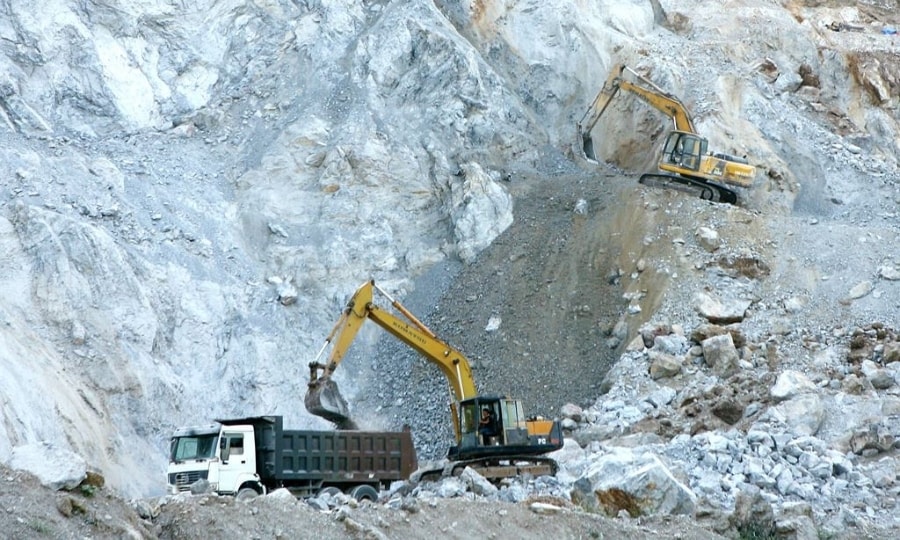
Based on current reality, Dr. Nguyen Tien Chinh proposed to combine resource tax and mineral exploitation rights fee into a single tax managed by the Ministry of Finance , helping to calculate the correct and sufficient tax rate, reducing administrative procedures for businesses. At the same time, perfecting the financial institution on resources requires consensus and harmony of interests between the State, businesses and society, in line with the sustainable development orientation of the Party and the State.
Meanwhile, Senior Expert on Tax and Corporate Governance Nguyen Van Phung said that it is necessary to amend the Law on Natural Resources Tax and Environmental Protection Fees, simplify regulations, and apply policies to encourage businesses to innovate technology, exploit effectively and protect the environment.
Based on this reality, the Vietnam Chamber of Commerce and Industry (VCCI) has recently proposed to redefine the legal nature and consider merging the two obligations into a unified resource tax, managed by the Ministry of Finance to avoid overlap; at the same time, reduce administrative procedures and ensure competitiveness. In addition, it is necessary to redesign financial incentive policies for poor mines, difficult mining areas, and encourage deep processing projects and resource recovery.
VCCI also emphasized the need to improve transparency and revenue management, consider participating in the Extractive Industries Transparency Initiative (EITI) to harmonize the interests of the State, businesses and people, promote sustainable development and international competitiveness of the mining industry.
Overcoming the "tax on tax" situation
The above reform recommendations were made in the context that the biggest "bottleneck" hindering the development of Vietnam's mining industry today is the "overlapping tax" situation and the excessively high burden of financial obligations. Speaking at the recent workshop on "Financial policy for the mineral industry", Mr. Dau Anh Tuan, Deputy Secretary General of VCCI, said that mining enterprises must simultaneously fulfill two major financial obligations: paying resource tax according to the Law on Resource Tax 2009 and mineral exploitation right fees according to the Law on Minerals 2010 (continued to be maintained in the Law on Geology and Minerals 2024). The simultaneous application of these mechanisms leads to overlap, causing difficulties for enterprises both legally and economically.
According to feedback from the business community, total financial obligations can account for up to 30-40% of revenue, much higher than international practice. Meanwhile, countries with developed mining industries such as Australia, Canada, and Indonesia often only apply one type of resource tax (royalty) combined with corporate income tax, with a significantly lower overall rate. VCCI warns that the current overlap is increasing costs, reducing competitiveness, and distorting investment incentives in mining and deep processing, which goes against the direction in Resolution 10-NQ/TW of the Politburo.
From the business perspective, some opinions also pointed out the fact that tax and fee policies are constantly changing, causing difficulties for businesses. Before investing (in 2010), resource tax was under 10%, but after going into operation, the tax increased to 6-25%. Along with the addition of mining rights fees (2013), environmental protection fees (2016) and many other taxes, the total tax and fee burden currently accounts for 24-26% of revenue (excluding corporate income tax). According to businesses' assessment, these revenues are "tax on tax", overlapping on the same resource, accounting for about 10-15% of revenue.
Source: https://daibieunhandan.vn/cai-cach-chinh-sach-tai-chinh-de-phat-trien-nganh-khai-khoang-10392552.html


![[Photo] Prime Minister Pham Minh Chinh chairs meeting on railway projects](https://vphoto.vietnam.vn/thumb/1200x675/vietnam/resource/IMAGE/2025/10/23/1761206277171_dsc-9703-jpg.webp)




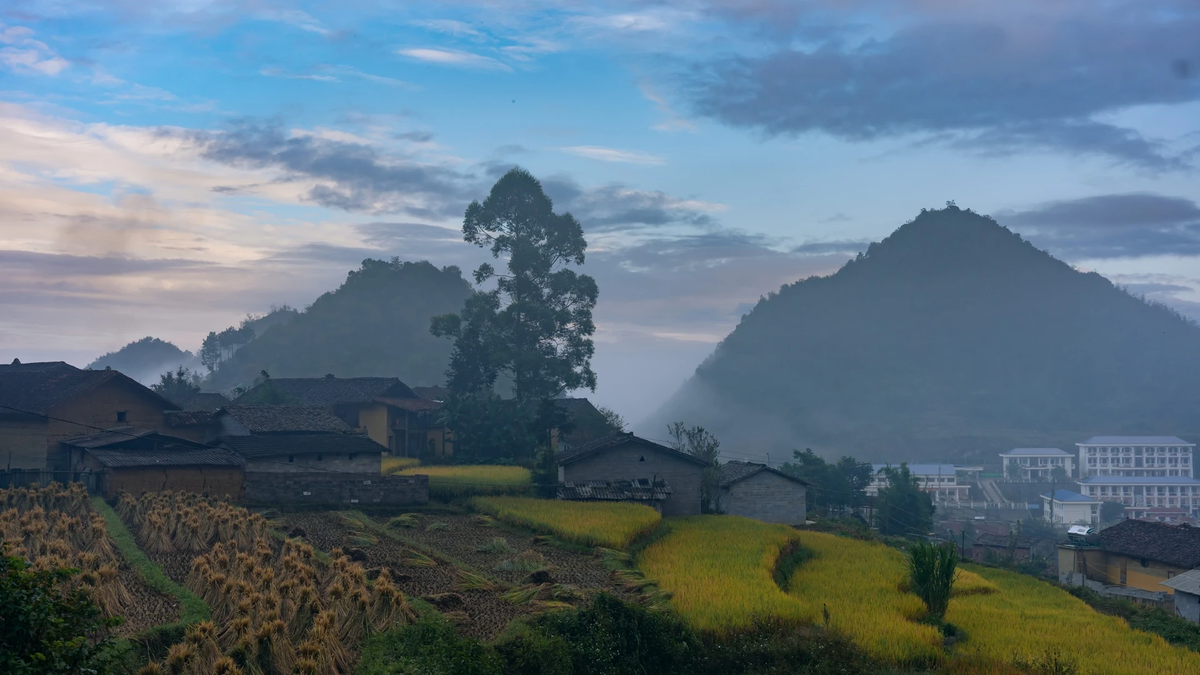
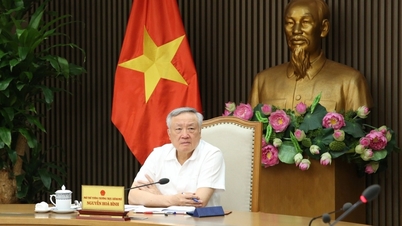



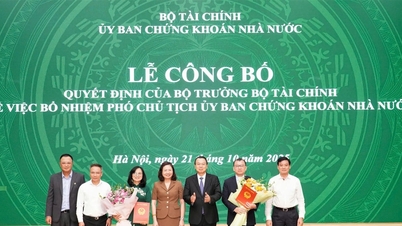
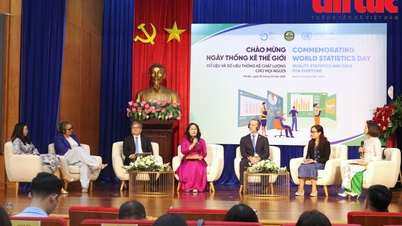

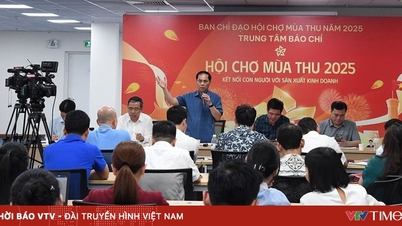
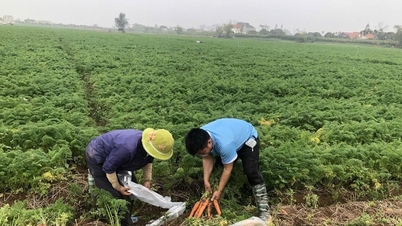
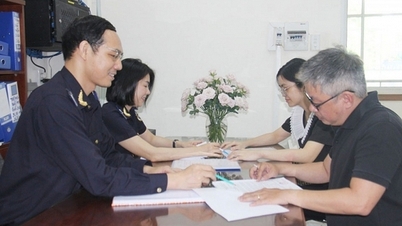

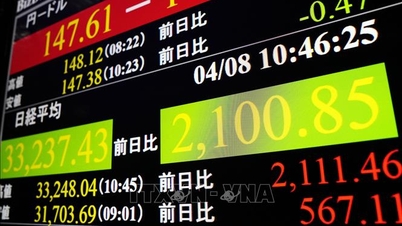
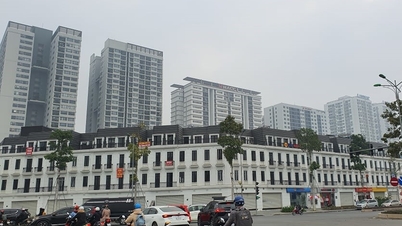
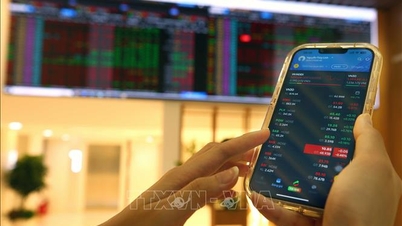

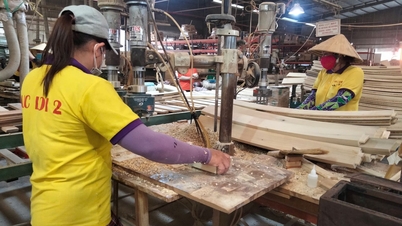




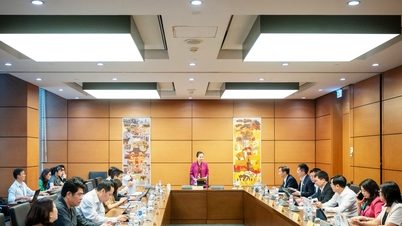
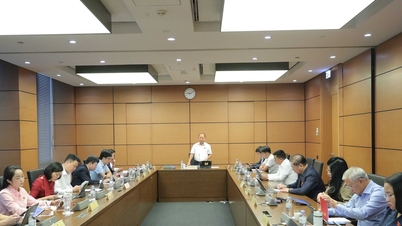
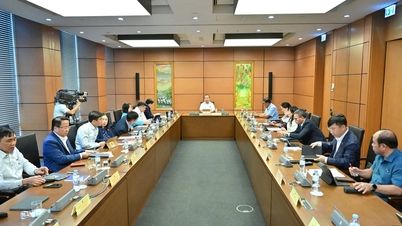
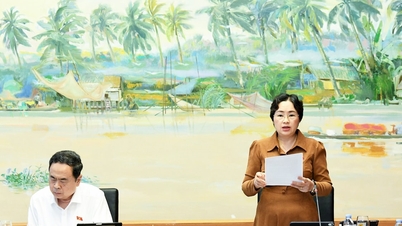
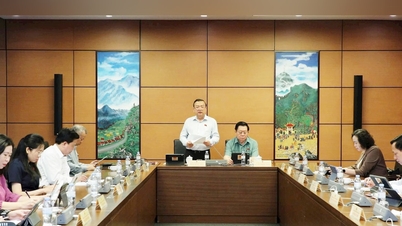
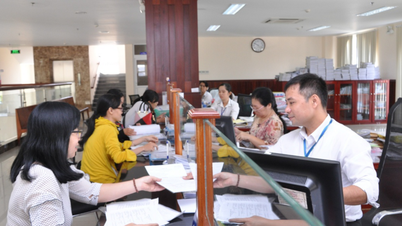









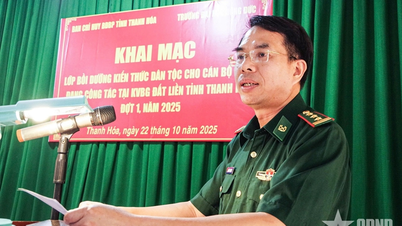



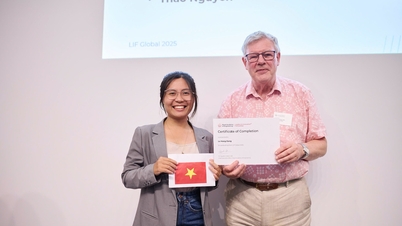





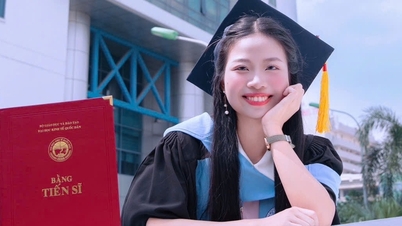

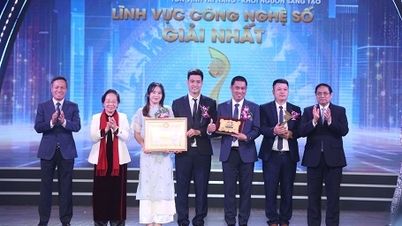

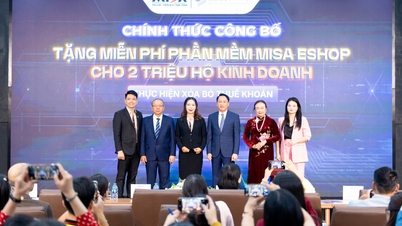


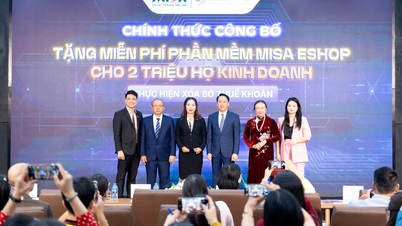








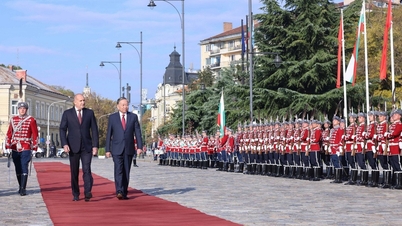
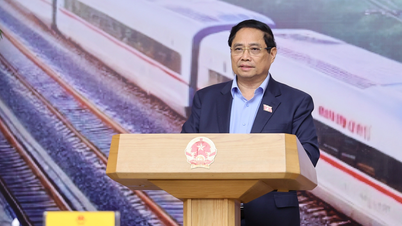

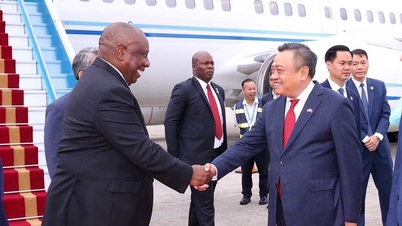





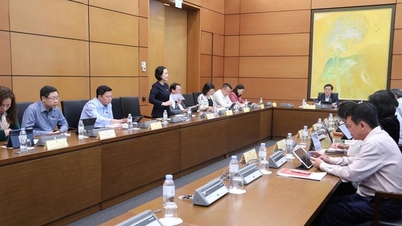

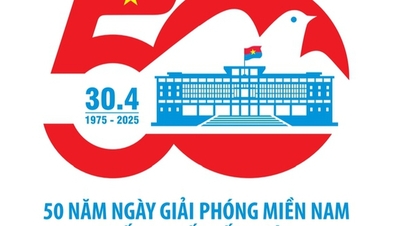
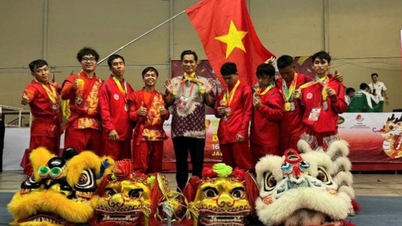
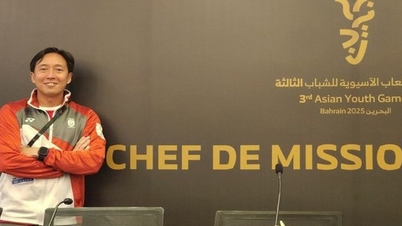
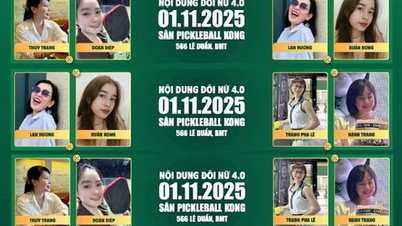
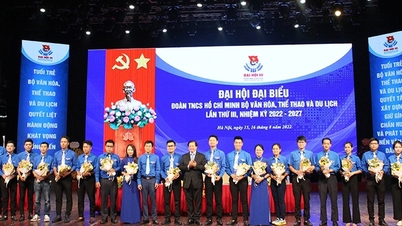
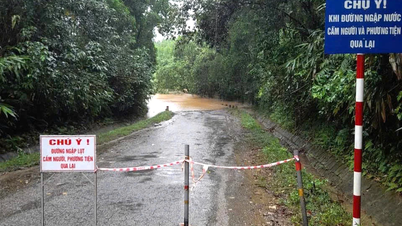

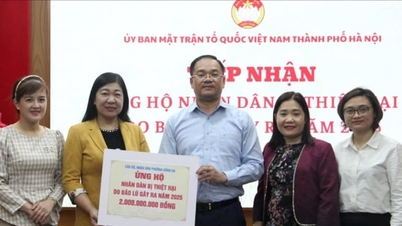

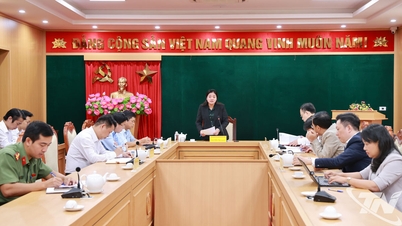
















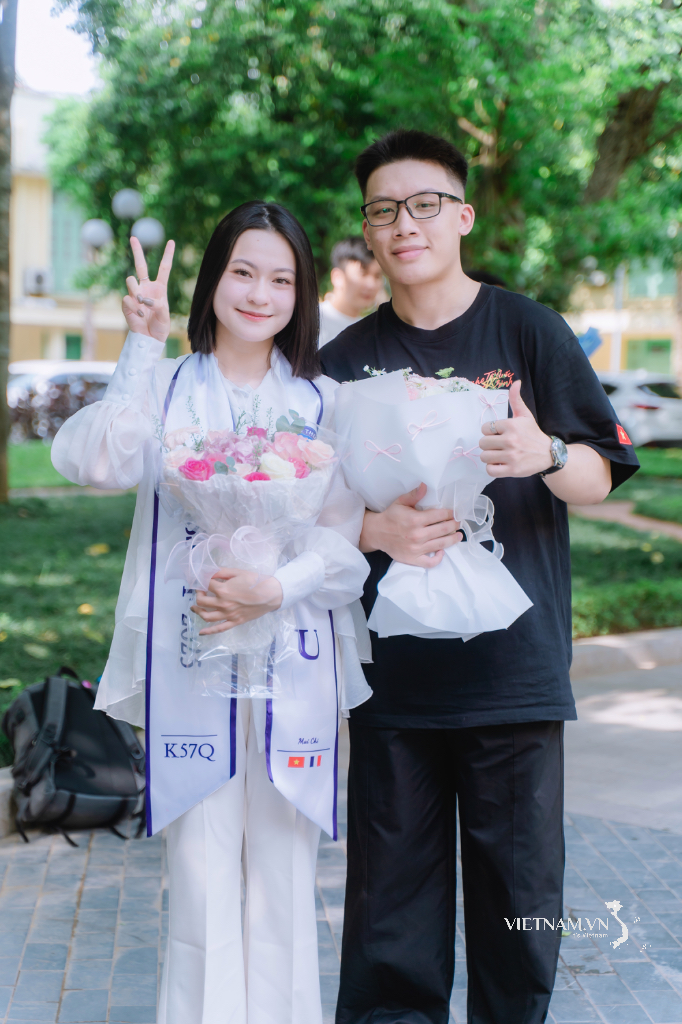



Comment (0)